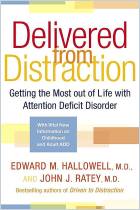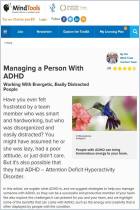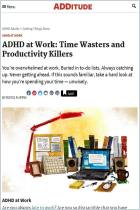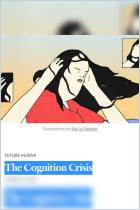
How to Reach and Teach Children with ADD/ADHD
Practical Techniques, Strategies, and Interventions
ISBN: 9780787972950
Pages: 464
Recommendation
Originally published in 1993, this expanded and updated second edition of Sandra Rief’s guidebook examines every dimension of ADHD – the frustrating behavioral and learning disorder that plagues millions of adults and school-age children. Her detailed, nearly 500-page manual overflows with practical information and advice for parents and teachers who are helping youngsters deal with ADHD’s multiple challenges. She describes how parents and teachers must collaborate and explains several worthy classroom methods for teachers to follow. While directed mostly at those who teach children with ADHD and ADD, this information is useful also for companies employing ADHD adults. The author explores this complex, wide-ranging topic in great detail – with some, but not an oppressive amount of repetition. Her material proves practical and easy to understand and retain. getAbstract recommends Rief’s overview and how-to guide as a definitive work on ADHD.
Summary
About the Author
Sandra F. Rief, a leading educational consultant, author and speaker on ADD and ADHD, also wrote The ADHD Checklist: A Practical Reference for Parents and Teachers.




















Comment on this summary